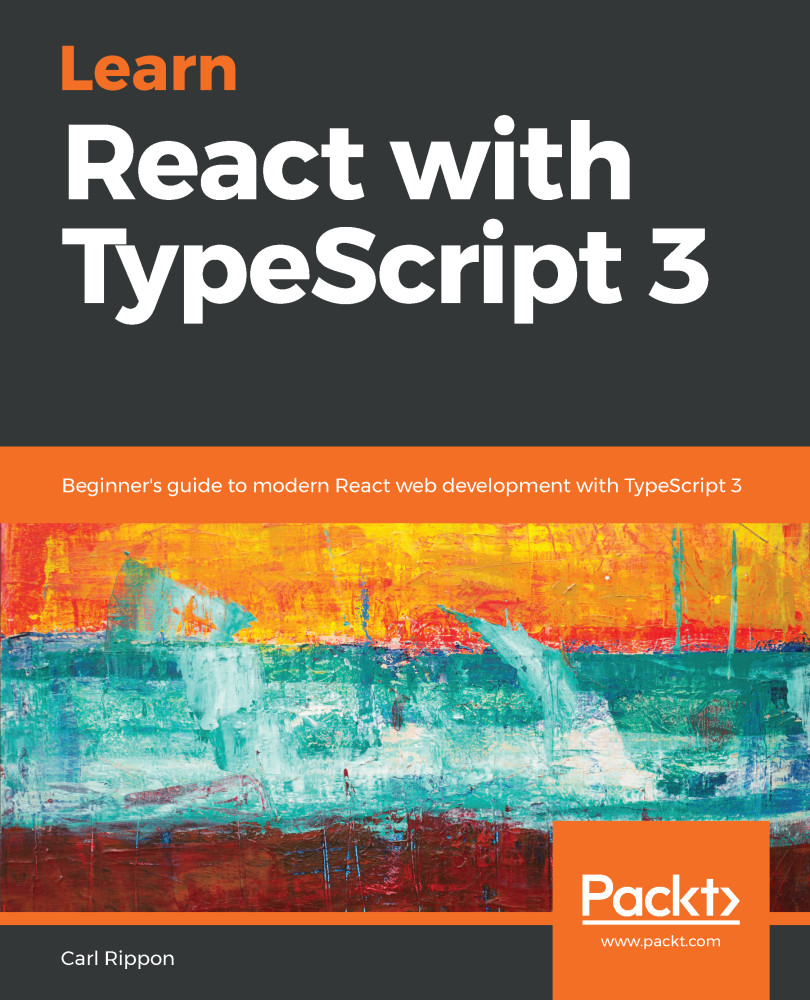In its six years of existence, TypeScript has continued to move forward and mature nicely. Is TypeScript 3 a significant release for React developers? What exactly are the new features that we have to add to our toolkit in TypeScript 3? These questions will be answered in this chapter, starting with the tuple type and how it can now be successfully used with the rest and spread JavaScript syntax, which is very popular in the React community. We'll then move on to the new unknown type and how it can be used as an alternative to the any type. Further more, we'll break TypeScript projects up into smaller projects with the new project references in TypeScript. Finally, we'll go about defining default properties in a strongly-typed React component that has improved in TypeScript 3.
By the end of the chapter, we'll be ready to start learning...


